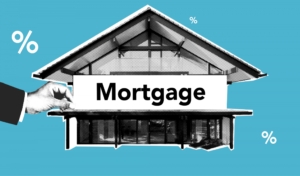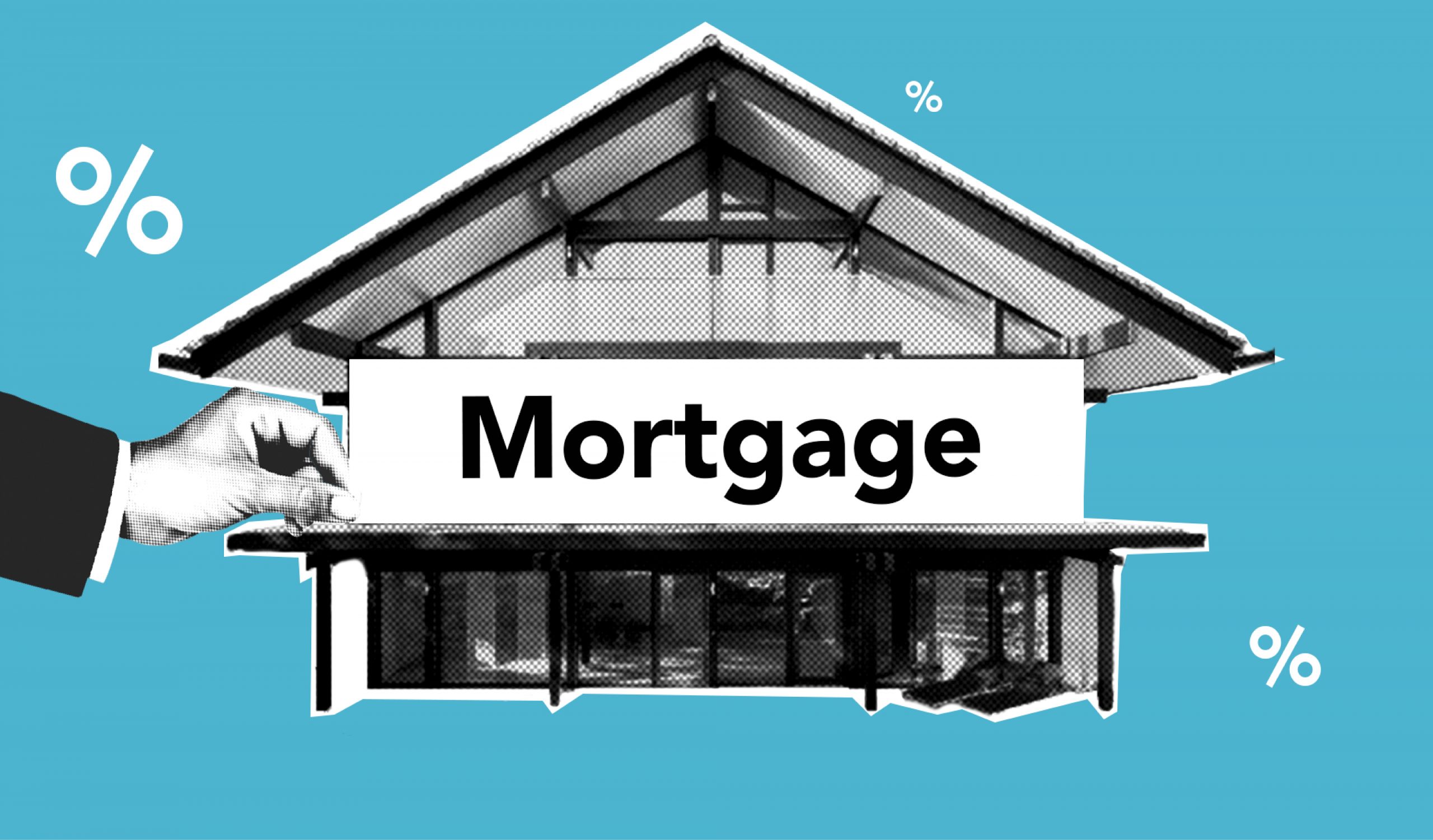Strategic Real Estate Investment: How Canero Group's $17.3M Coconut Grove Acquisition Signals Market Transformation
The Miami real estate landscape continues to evolve as savvy investors identify opportunities in established neighborhoods with untapped potential. A recent transaction in Coconut Grove exemplifies this trend, where strategic thinking and market timing converged to create a significant investment opportunity that could reshape how developers approach older condominium properties in prime locations.
The Anatomy of a Multi-Million Dollar Bulk Acquisition
Jose Canero's Canero Group has successfully executed one of the most notable bulk condominium acquisitions in Coconut Grove's recent history, paying $17.3 million to secure all 25 units within the Chateau Grove development. This comprehensive buyout represents more than just a real estate transaction—it demonstrates a sophisticated investment strategy that recognizes the inherent value in well-positioned properties, even those requiring significant updates.
The acquisition, facilitated through Canero's affiliate WNG Miami, targeted the two-story building located at 3265 Virginia Street. Built in 1963 on nearly one acre of prime Coconut Grove real estate, the property carries T4-L zoning designation, which provides flexibility for future development opportunities. This zoning classification is particularly valuable in Miami-Dade County, where development restrictions have become increasingly stringent.
Property records indicate that Canero secured financing through a $12.5 million loan from Aventura-based Rok Lending, with Aries Capital representing the buyer in the financing arrangement. The deal's structure suggests confidence in both the immediate rental income potential and long-term appreciation prospects of the location.
Understanding the Property Portfolio and Market Positioning
The diverse unit mix within Chateau Grove reflects the property's potential to serve various tenant demographics in Miami's competitive rental market. The building comprises four one-bedroom units with one-and-a-half bathrooms, four two-bedroom units with single bathrooms, eight two-bedroom units with one-and-a-half bathrooms, and nine two-bedroom units with two full bathrooms.
This variety in unit configurations positions the property to attract different tenant segments, from young professionals seeking convenient one-bedroom spaces to families requiring larger two-bedroom accommodations. The strategic location north of Cocowalk—a recently renovated mixed-use shopping center operated by Federal Realty Investment Trust—adds significant value to the rental proposition.
The timing of this acquisition aligns with broader market trends showing increased demand for rental properties in established Miami neighborhoods. As luxury condominium prices continue climbing beyond many buyers' reach, rental demand has intensified, particularly in desirable areas like Coconut Grove where new construction focuses primarily on high-end ownership opportunities.
Navigating Complex Buyout Challenges and Regulatory Requirements
Executing a complete condominium buyout presents unique challenges that distinguish this type of investment from traditional real estate acquisitions. Unlike single-property purchases, bulk buyouts require coordinating with multiple individual owners, each with distinct financial circumstances, emotional attachments, and timeline preferences.
According to Raquel Rivas, who brokered the transaction alongside Michael Axel Neree and Maria Patty Bolanos from Canero Group, the deal came together relatively quickly despite Canero's year-long interest in the property. The six-month negotiation and closing timeline represents exceptional efficiency for this type of complex transaction.
The regulatory landscape adds another layer of complexity to the investment. The 62-year-old building has not completed its required 60-year recertification, which became due in 2023 under Miami-Dade County requirements. The city of Miami's unsafe structures board granted Canero a six-month extension to submit the necessary recertification documentation, highlighting the importance of understanding regulatory obligations when acquiring older properties.
This recertification requirement, implemented following the tragic Surfside condominium collapse, has created both challenges and opportunities in Miami's real estate market. Properties requiring recertification often trade at discounts, but buyers with capital and expertise to navigate the process can secure valuable assets at attractive prices.
Strategic Partnership and Development Potential
Canero's approach extends beyond simple property acquisition through strategic partnerships with Maria Bustamante and Juan Puig. This collaborative structure suggests preparation for potential future development opportunities while maximizing immediate returns through rental operations.
The partnership model allows for shared expertise and risk distribution, particularly important when considering the property's redevelopment potential. Given the T4-L zoning and prime location, the site could eventually accommodate higher-density development, though current plans focus on optimizing rental income from existing units.
This dual-strategy approach—immediate cash flow generation with preserved development optionality—reflects sophisticated real estate investment thinking. By securing rental income while maintaining flexibility for future redevelopment, Canero positions the investment to benefit from both current market conditions and potential long-term value creation.
Market Context and Luxury Development Boom
The Coconut Grove real estate market has experienced unprecedented transformation in recent years, driven by major developers including David Martin's Terra Group, the Related Group led by the Pérez family, and other prominent firms. This development activity has elevated the neighborhood's profile while creating demand for various housing options.
Near the Chateau Grove property, Terra is constructing the Well Coconut Grove, a wellness-branded luxury condominium development positioned across from Terra and Related's separate headquarters. This proximity to major new construction adds credibility to Canero's investment thesis while potentially benefiting from spillover demand.
The luxury development boom has created interesting market dynamics where older, more affordable properties become increasingly valuable as alternatives to high-priced new construction. Canero's acquisition capitalizes on this trend by offering renovated rental units in a prime location at price points below luxury ownership options.
Investment Strategy and Market Implications
Canero's immediate focus on rental income generation reflects broader investor recognition of Miami's strong rental market fundamentals. High home prices, combined with continued population growth and limited affordable housing options, have created sustained demand for quality rental properties in desirable neighborhoods.
The company's track record includes recent approval for a 54-unit townhouse project in Homestead, demonstrating experience with both acquisition and development strategies across different Miami-Dade County submarkets. This diversified approach suggests confidence in the region's continued growth and development potential.
The Coconut Grove acquisition also represents a hedge against market volatility, as rental properties typically provide more stable returns than speculative development projects. By securing immediate cash flow while preserving future development rights, Canero has created multiple paths to investment success.
Insights: Key Questions About This Investment Strategy
What makes bulk condominium buyouts particularly challenging compared to other real estate investments?
Bulk buyouts require negotiating with multiple individual sellers simultaneously, each with different financial situations, emotional attachments to their units, and varying timeline preferences. Success depends on finding mutually acceptable terms that work for all parties while managing complex legal and financial coordination requirements.
How does the 60-year recertification requirement impact investment decisions in Miami?
The recertification requirement creates both risks and opportunities for investors. While properties needing recertification may trade at discounts due to compliance costs and uncertainty, experienced buyers can acquire valuable assets at attractive prices if they have the capital and expertise to navigate the regulatory process successfully.
Why is the T4-L zoning designation significant for this property's long-term value?
T4-L zoning provides flexibility for various development options while allowing current rental operations to continue. This zoning classification is particularly valuable in Miami-Dade County where development restrictions have tightened, making properties with development potential increasingly scarce and valuable.
What role does location proximity to major developments play in rental property investment returns?
Properties near significant new construction often benefit from improved infrastructure, increased foot traffic, and elevated neighborhood profiles. The proximity to projects like the Well Coconut Grove and the renovated Cocowalk creates positive spillover effects that can boost rental demand and justify higher rental rates.
How do strategic partnerships enhance complex real estate acquisitions like this one?
Partnerships allow investors to combine expertise, share risks, and access additional capital sources. In Canero's case, working with Maria Bustamante and Juan Puig provides diverse perspectives and capabilities that can optimize both current rental operations and future development opportunities while distributing financial exposure across multiple parties.













